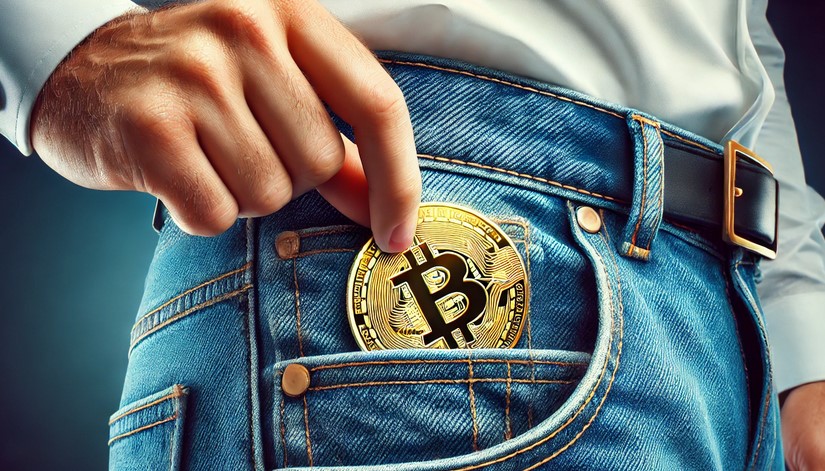The cryptocurrency market is abuzz with discussions surrounding Bitcoin’s potential price surge, with analysts and enthusiasts speculating a climb to a staggering $176,000. Such a milestone, if achieved, could redefine the landscape of digital assets and solidify Bitcoin’s status as a financial powerhouse.
Why Are Experts So Excited?
The projection for Bitcoin to hit $176K is rooted in various factors, including increasing institutional adoption, reduced Bitcoin supply due to halving events, and growing interest from retail investors. These drivers have led many experts to believe that the cryptocurrency could reach unprecedented heights.
How Big Players Are Shaping the Market
Institutional investors have been instrumental in boosting Bitcoin’s credibility as a legitimate asset. With firms like BlackRock and Fidelity showing interest in Bitcoin ETFs, the market is anticipating a significant influx of capital, which could act as a catalyst for price increases.
Bitcoin Halving: A Game-Changer?
Bitcoin’s programmed halving events, which reduce the reward for mining new blocks, are key to its supply-demand dynamics. The upcoming halving is expected to further limit Bitcoin’s supply, creating scarcity that could propel its value to new highs.
Why Everyday Users Are Jumping In
Beyond institutional interest, retail adoption of Bitcoin is growing steadily. Payment platforms, decentralized applications, and increasing acceptance of cryptocurrency in everyday transactions are making Bitcoin more accessible to the average consumer.
What Could $176K Bitcoin Mean for the Future?
If Bitcoin reaches $176,000, it would not only enhance its market capitalization but also reinforce its role as a hedge against inflation and a viable alternative to traditional investments. This price level could usher in a new era of mainstream cryptocurrency adoption.
The Bottom Line
While the prediction of a $176K Bitcoin is undoubtedly exciting, it is essential to approach such forecasts with cautious optimism. The cryptocurrency market is notoriously volatile, and prices can fluctuate based on various factors. Nonetheless, the potential for Bitcoin to achieve such a milestone reflects the growing confidence in digital assets as a cornerstone of the financial future.
For more details, read the original source here.
